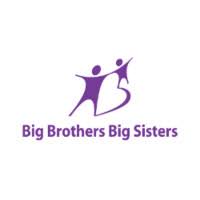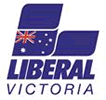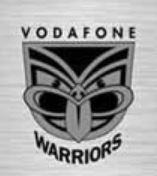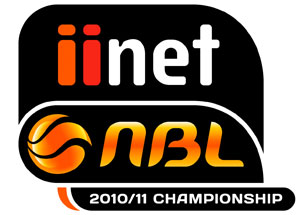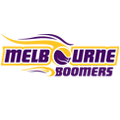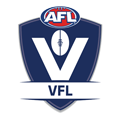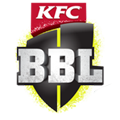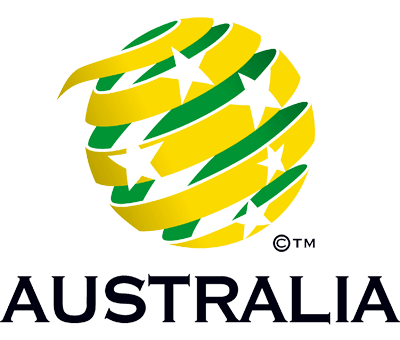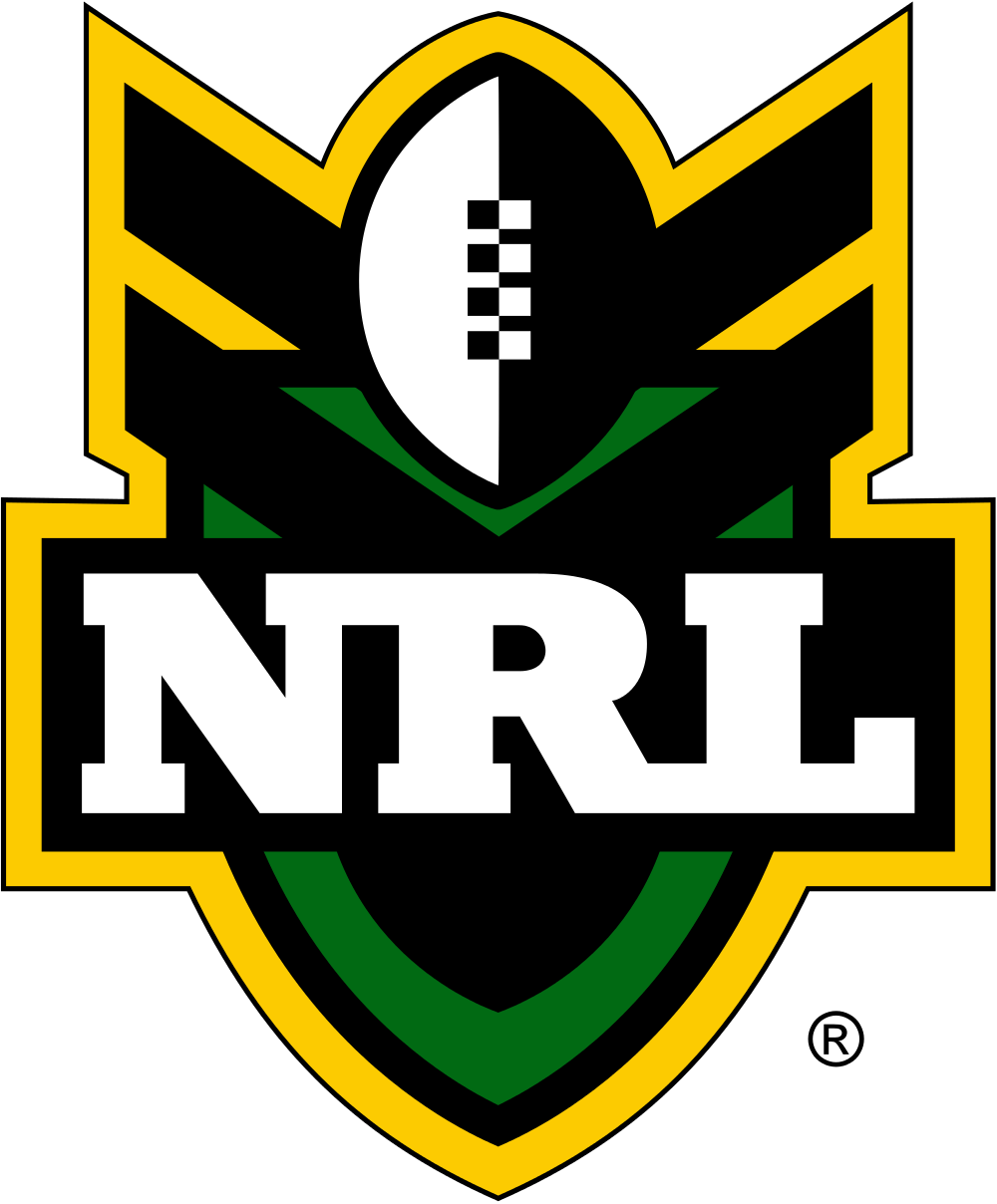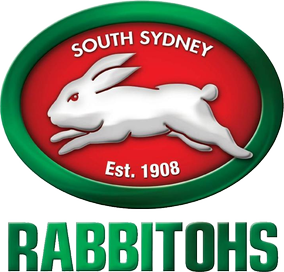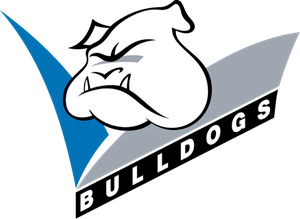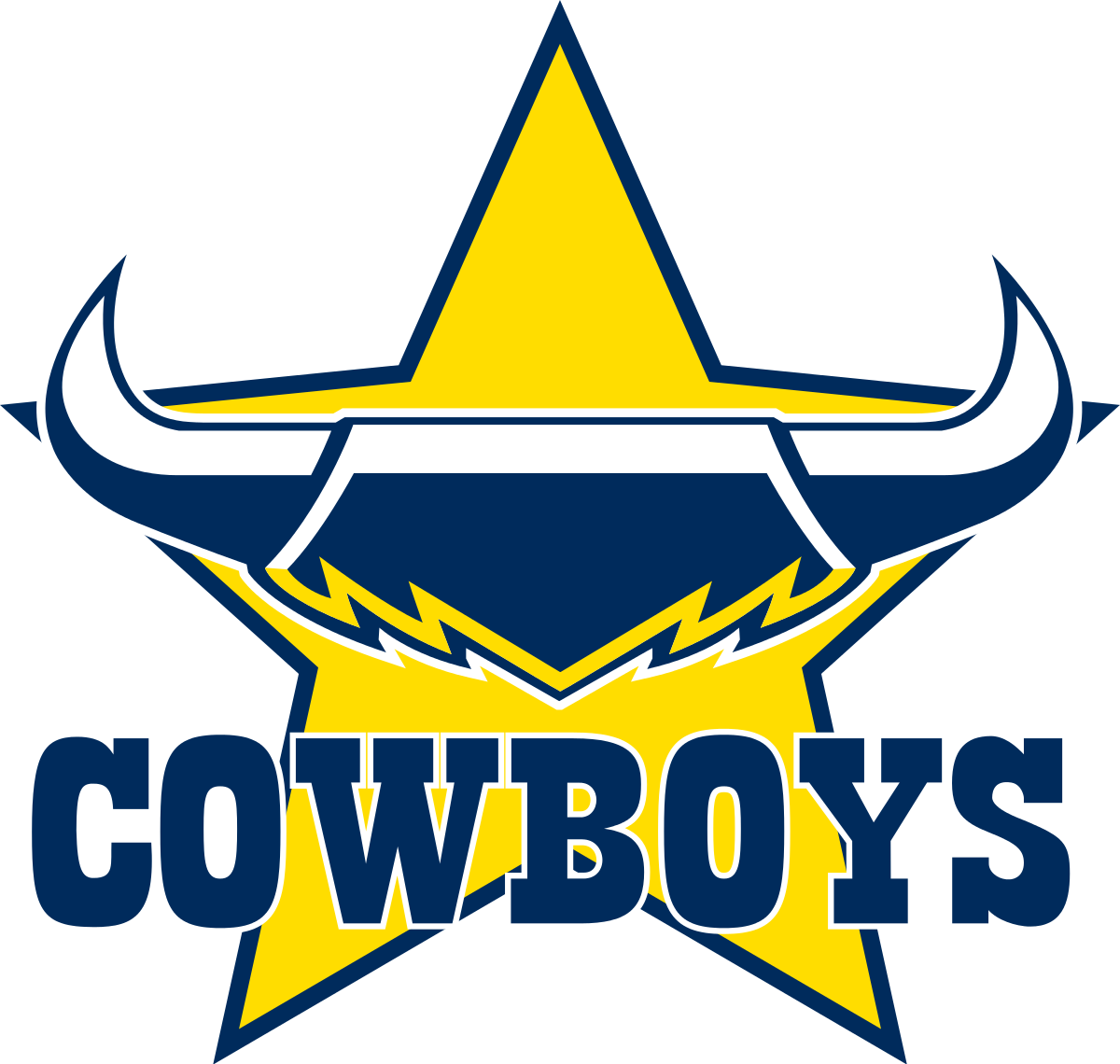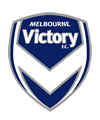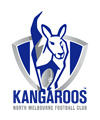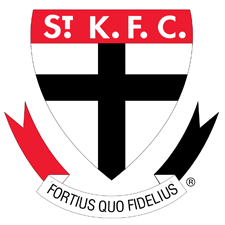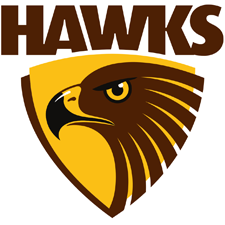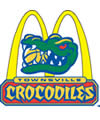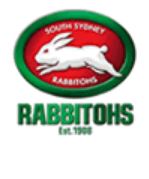Contents:


There are a couple of ways to be compensated as an owner of a business. For this article, we will be focusing on owner investment drawings. An owners draw can be used for a number of reasons—the main benefit is they are tax-free at distribution. Here is what you should know about paying, reporting, and filing this event. Owner salaries and half of the FICA tax paid on them are tax deductible, which means they reduce the taxable income of the business. In an LLC or a corporation, owner’s equity is often referred to as shareholder equity.
If a C-corp business owner wants to “draw” money, above his or her salary, it must be taken as a dividend payment. The bad news is that the dividend payment is not a tax-deductible expense. If you want to take a draw from a C-corp, the better option may be to take it in the form of a bonus. We’ve touched on how owner’s draws are taxed, but let’s dive deeper. The actual draw—the physical act of taking money out of your business account and transferring it to your personal checking—doesn’t impact either your personal or business taxes. This draw isn’t a business expense; it’s a distribution of owner’s equity.
- You can draw money from the business on top of your owner’s salary, but this is referred to as a shareholder distribution in an S corporation.
- Partnerships are pass-through tax entities, meaning the owners are responsible for paying their share of taxes.
- When the owner receives a salary, the amount must be consistent from workweek to workweek, and taxes must be withheld from the salary as they are for any other employee.
- Some business owners pay themselves a salary, while others compensate themselves with an owner’s draw.
- Time and Attendance Track employee time and maximize payroll accuracy.
Figuring out how to pay yourself as a business owner can be complicated. Here are a few other things you’ll want to keep in mind when deciding between a salary and a draw. However, to avoid withholding self-employment taxes on the whole amount, Patty could also take a portion of her compensation as a distribution. Distributions are from earnings that were previously taxed at her personal rate. Keep in mind that Patty also needs to have enough equity to take distributions.
How an owner’s draw affects taxes
But a shareholder distribution is not meant to replace the owner’s draw. On the business side, paying yourself a straight salary makes it easier to keep track of your business capital. Instead of taking from the business account every time you need some money, you know exactly how much company money is being paid to you every month.
To access more cash, the sole proprietor would take an owner’s draw. For completeness, profit distributions made by S corporations are, technically, different from dividends. This is because S corporations make disbursements before corporation tax. C corporations, by contrast, pay dividends out of their post-tax profits. This means that profit disbursements may be treated differently from dividend payments on personal tax filings. Instead of having an account balance, the owner has a valuation of their stake in the company.
Man Utd great Rooney continuing what Beckham started in MLS revolution – Manchester Evening News
Man Utd great Rooney continuing what Beckham started in MLS revolution.
Posted: Sat, 22 Apr 2023 04:30:00 GMT [source]
The $40,000 in profit will be posted as income on Annie’s personal tax return. She will have to pay taxes on the profit regardless of how much she withdraws from the business. Owners’ salaries from S corps are considered business expenses, just like paying any other employee. Any net profit that’s not being used to pay owner salaries or isn’t taken out in a draw is taxed at a corporate tax rate, usually lower than personal income tax rates.
At a minimum, the business should be able to meet all its projected expenses based on its projected income. Ideally, however, the owner will leave the business with a healthy “cash cushion” in case the unexpected happens. This is particularly important if the company is still building up its credit record.
Plan ahead for taxes
For the purposes of the PPP program, owner’s draws are not included as payroll costs. Instead, your payroll costs include only the earnings you are taxed on. Since owner’s draws are not taxed, they are not considered payroll and not covered by the PPP loan program. When the Coronavirus pandemic hit, the government launched the Paycheck Protection Program to help small businesses pay their staff.
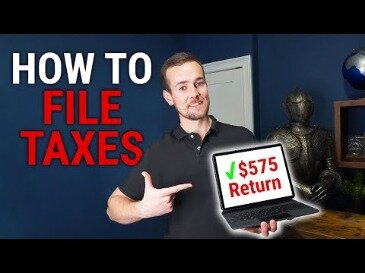
Ah, now we come to the easier option for those wanting to avoid the hassle of paying their own tax at the end of the year. Do note that if you’ve injected money into the business and those funds have already been taxed, you may withdraw this amount and will not be required to pay tax on it. Otherwise you’d be taxed twice on the same funds – and no one’s paying twice for one piece of cake around here.
Increases Outside Basis
This way, you get a consistent paycheck and your accountant can withhold your taxes. If you pay payroll tax, consider taking a salary so your accountant/software can track everyone’s taxes in one place. While there are other ways business owners pay themselves, an owner’s draw and taking a salary are the two most common.
Follow These Expert Tips to Grow a Healthy Small Business – MSR News Online
Follow These Expert Tips to Grow a Healthy Small Business.
Posted: Thu, 13 Apr 2023 07:00:00 GMT [source]
As the sole proprietor, you’re responsible for all of your business’s debts, but you also retain all of the profits. Active business owners in an S corporation or C corporation structure must pay themselves a W-2 salary. Your business structure helps you determine how you should pay yourself. The IRS sets rules for which payment methods can be used for each business entity.
For example, let’s say your net business profit was $50,000, but you only withdrew $35,000 in owner’s draws. The net income on your personal tax return would be $50,000, and it’s treated as self-employment income and subject to the 15.3% FICA tax, plus personal income tax. There’s no set percentage to follow for paying yourself as a business owner.
This post is to be used for inencumbrance accountingational purposes only and does not constitute legal, business, or tax advice. Each person should consult his or her own attorney, business advisor, or tax advisor with respect to matters referenced in this post. Bench assumes no liability for actions taken in reliance upon the information contained herein. When you’re recording your journal entry for a draw, you would “debit” your Owner’s Equity account, and “credit” your Cash account.
Salary and owners’ draw simplified
The IRS requires that Americans earn reasonable compensation, whether they are employees or employers. You might not have to directly repay the $5,000 as long as the business is doing well. Since your equity account increases by your portion of profits, it might just take a few weeks or months to bring your account back into the black.

Generally, owners of an S corp qualify as employees of the business and must receive a salary. Before you calculate your salary, you should take care of some bookkeeping basics. Consult your balance sheet and figure out how much of your revenue should be put aside for business taxes.
When taking an owner’s draw, the business cuts a check to the owner for the full amount of the draw. No taxes are withheld from the check since an owner’s draw is considered a removal of profits and not personal income. While it may sound ideal to have easy access to business funds whenever you choose, taking an owner’s draw isn’t the only way to get income from your business. Owners can also opt to take a regular salary instead of or in addition to an owners draw, and each method comes with certain tax implications for both the owner and the business.
- By default, they’re classified as a partnership, so they must use an owner’s draw.
- One of the main differences between paying yourself a salary and taking an owner’s draw is the tax implications.
- As the business owner, you are still entitled to draw money from the business in the form of a shareholder distribution.
- This includes everything from office supplies, marketing materials, and employee salaries if applicable.
- That ensures you meet all business obligations before paying yourself.
An owner’s draw requires more personal tax planning, including quarterly tax estimates and self-employment taxes. The draw itself does not have any effect on tax, but draws are a distribution of income that will be allocated to the business owner and taxed. There are no specific guidelines for what constitutes reasonable compensation. It’s important to carefully consider these in determining your salary to avoid an IRS audit. And your salary is treated as a business expense, which can reduce your company’s net income.
For example, say you take out $4000 per month ($48k/year) in drawings and have no other personal income, you’d need to put away around 15% for tax. To find more specific info on what you need to put away based on your income, check out this tax calculator. There’s a lot to consider, and it can be confusing trying to navigate the wild world of drawings vs salary in NZ – and trust us, we’re accountants. Drawings, salary, shareholders salary, dividends – the list goes on. Every business is different, and different variables mean there’s no one size fits all or best pick here.
Nav’s Final Word: Owner’s Draw
The way you are taxed on your income can also influence whether you choose to take a salary or an owner’s draw. If your LLC takes the S-election for federal tax purposes, then you are considered an S corp and could use the salary method to pay yourself. You can also pay yourself reasonable non-taxable distributions in addition to your salary.
Owner’s Draw vs Salary: What is an Owner’s Draw? – Nav
Owner’s Draw vs Salary: What is an Owner’s Draw?.
Posted: Tue, 16 Jun 2020 07:00:00 GMT [source]
Some business entity types require one or the other, so keep those rules in mind as you form your business and/or decide your payment method. For each personal draw, you receive throughout the year, record it in an owner’s draw account. To do this, debit the owners draw account and credit the cash account.
If distributions are made in excess of basis, or when there is a loss then the S Corp didn’t have enough basis to cover the loss. In this situation, only part of the loss may be taken in that year. This means higher income and higher tax liability are passed through to the owners. Loss may be disallowed for an owner and carried forward to future years. C Corporation owners can take distributions, but they are not a regular event.
It does not, however, include owner’s draws or dividends as they are not subject to payroll taxes. If you’re an S-Corp owner, you must use the salary method since the IRS is typically very interested in corporations’ salaries. Paying yourself a set amount every month also makes it much easier to track your business finances. This requires less paperwork and business capital fluctuation than the owner’s draw method. You can also adjust your salary or pay yourself a bonus at the end of the year, which is great. This method allows you to set up your business accounting to pay yourself a regular salary, just like any other employee.
When a traditional salary doesn’t match their ever-changing job responsibilities, many seek a more flexible option. Owner’s draws, also known as “personal draws” or “draws,” allow business owners to withdraw money as needed and as profit allows. If you pay yourself a salary, like any other employee, all federal, state, Social Security, and Medicare taxes will be automatically taken out of your paycheck. Because your company is paying half of your Social Security and Medicare taxes, you’ll only pay 7.65% ‒ half what you’ll pay if you take an owner’s draw.




